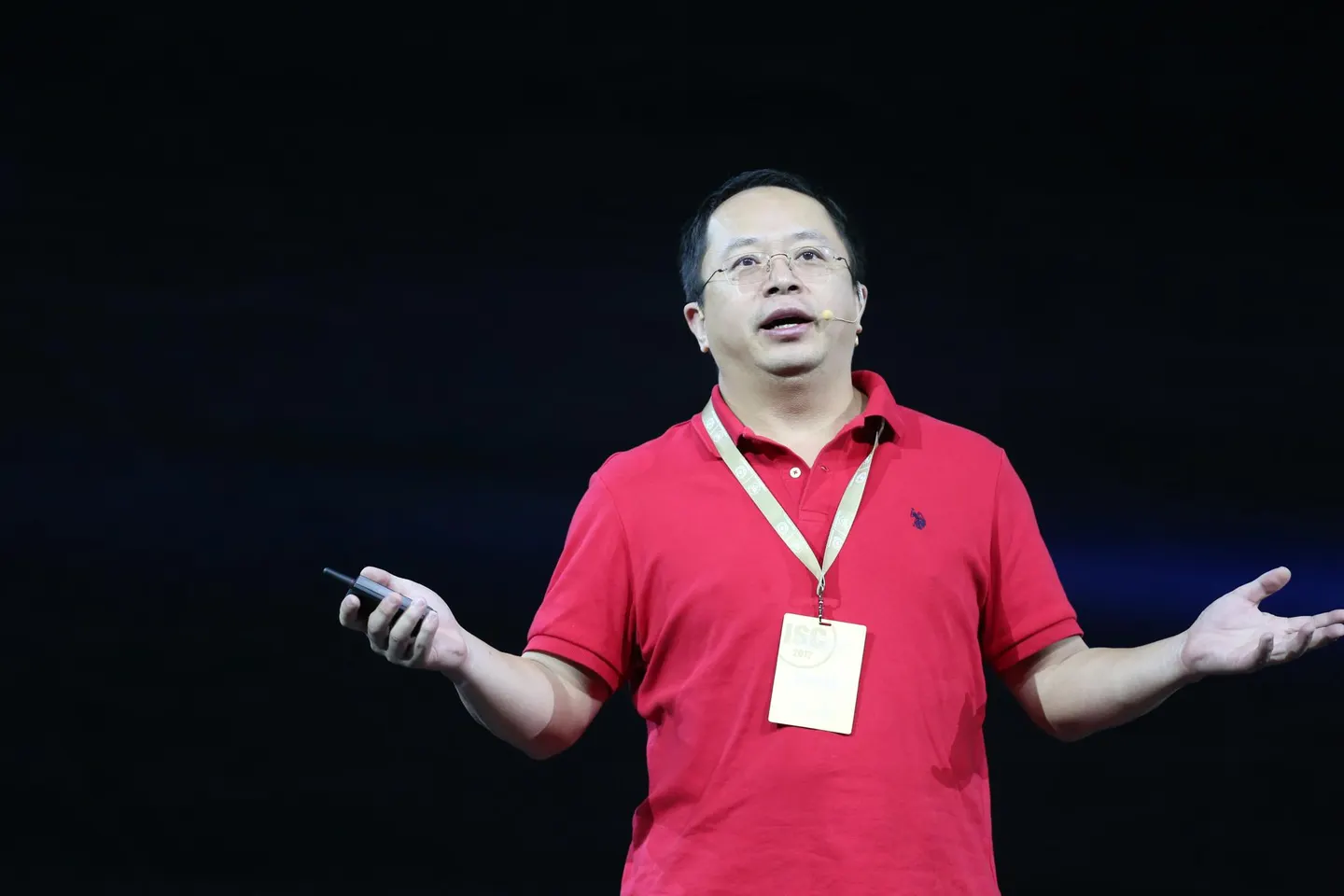Hong Kong’s digital asset rules set the standard for Asia’s Web3 future
In 2025, Hong Kong’s crypto regulation is defining a new era for digital finance in Asia. With its comprehensive framework for ETFs, exchanges, and virtual asset service providers, the city is moving decisively to position itself as the region’s Web3 financial hub. Clear rules and regulatory clarity are unlocking institutional confidence—and catalyzing Hong Kong’s ambitions to lead in decentralized innovation.
Background: From fintech pilot programs to full-scale Web3 governance
Hong Kong’s path to digital asset regulation began nearly a decade ago with the launch of its Fintech Supervisory Sandbox in 2016. Over time, the city consulted with global stakeholders, piloted tokenization schemes, and gathered insights from crypto exchanges and traditional banks. That gradual approach has culminated in 2025 with new rules from the Securities and Futures Commission (SFC) and the Hong Kong Monetary Authority (HKMA).
The finalized framework covers:
Licensing for crypto exchanges and custodians
Investor protection and AML compliance
Governance standards for virtual asset service providers (VASPs)
This regulatory clarity arrives as regional rivals like Singapore, Tokyo, and Seoul ramp up their own Web3 strategies. But Hong Kong’s unique advantage—acting as a financial bridge between China and global capital markets—gives it a strong edge in attracting cross-border crypto investment.
Market impact: Institutional confidence drives ETF adoption and capital inflows
The market has already responded positively. The SFC has approved several crypto ETFs for both retail and institutional investors, with products from major players like HashKey Capital and Bosera gaining early traction. Licensed exchanges such as HashKey Exchange and OSL have reported significant growth in onboarding activity.
As a result, traditional finance institutions are re-evaluating Hong Kong as a launchpad for digital asset custody, tokenized funds, and on-chain securities. Venture firms and crypto-native investors see the new rules as a green light for capital deployment.
Importantly, the framework helps remove a persistent layer of uncertainty around digital assets. In doing so, it brings Hong Kong closer to becoming a trusted, transparent base for both Web3 startups and institutional-grade crypto platforms.
Editorial insight: A regulatory blueprint for Asia’s decentralized finance
What sets Hong Kong’s crypto regulation apart is its measured balance. Unlike laissez-faire jurisdictions that risk volatility—or overly restrictive ones that stifle innovation—Hong Kong’s model encourages experimentation under clearly defined safeguards.
The city’s policy also embraces the broader vision of Web3. Beyond just trading and custody, Hong Kong is actively discussing regulatory support for:
Stablecoins and CBDCs
Decentralized applications (dApps)
On-chain compliance frameworks
This forward-thinking approach makes Hong Kong not just a regulatory pioneer, but a reference point for regional harmonization of crypto laws—especially as Asia inches closer to standardizing digital asset governance.
Conclusion: From fintech sandbox to Web3 capital of Asia
Looking ahead, Hong Kong’s ambitions extend beyond compliance. Public-private innovation hubs are being developed to support decentralized finance (DeFi), tokenized real estate, and blockchain-based intellectual property systems. Pilot projects in green finance tokenization and smart contract auditing are already underway, adding depth to the city’s Web3 strategy.
As global capital seeks trusted jurisdictions for digital assets, Hong Kong is building the rails for a future-proof economy—where finance, technology, and regulation move together. With clear rules and strategic foresight, Hong Kong’s crypto regulation could turn the city into the next great engine of Asia’s digital transformation.















